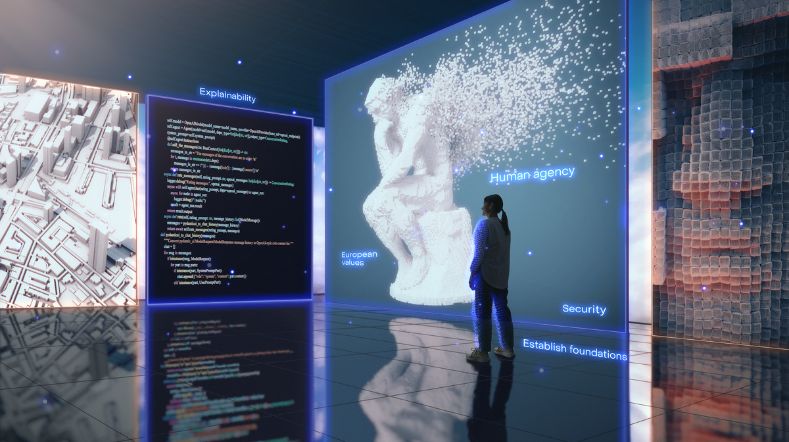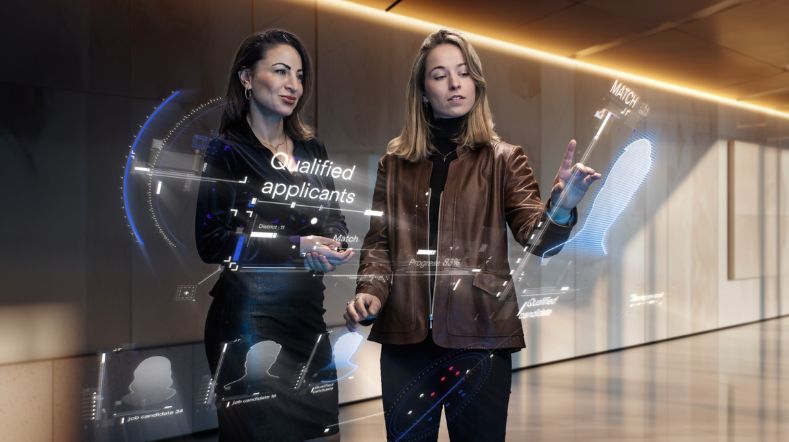
Decision making in autonomous driving
Busy intersections are hard enough for people to cope with. So how do we ensure that self-driving cars can safely make their way around towns and cities in the future? TNO is currently experimenting with ‘hybrid AI’ as part of an EU collaborative project.
A constant stream of pedestrians and cyclists. The driver behind you banging impatiently on his horn. For car users, negotiating such chaotic traffic situations can be trying enough, but for self-driving cars, it is even more difficult. After all, there are always sensors that notice an approaching object.
Write the software by hand? forget that!
In other words, self-driving cars are a long way off being able to deal with the complicated traffic situations that exist in urban settings. In the meantime, though, more and more driver-related tasks are being automated in cars. That requires complex software – so complex that it is not possible to write it by hand.
An autonomous car that takes the right decisions
Working closely with NXP, Infineon, DAT. Mobility, AnyWi, and Eindhoven University of Technology, TNO is now part of an EU project dedicated to preparing self-driving cars for urban traffic. Together, we are attempting to demonstrate that applying AI algorithms will make decision making possible. This is an important point, as it could swiftly accelerate the development of a safe autonomous car.
No standard AI, but ‘hybrid’ AI
The AI algorithm works closely with a knowledge graph. This is an information system that AI requires in order to be able to properly assess dangerous traffic situations, and therefore make the right decisions. This ‘hybrid AI’ is a combination of data-learning AI and domain knowledge.
Motorways first, and then more difficult situations
A car fitted with radar, lidar, GPS, and cameras drove around for several days for the purpose of collecting data. TNO is now using the information that it collected to train the AI algorithm. At this first stage, the scope does not extend beyond situations on motorways. This because the conditions on motorways are more clear-cut. The next step will be a good deal more complicated: this will involve the AI algorithm having to decide when a car is able to cross an intersection where there are cyclists. Safely, obviously. In other words, the self-driving car will have to constantly monitor the behaviour of cyclists and respond accordingly.
Handy in harbours
In due course, this type of AI algorithm could also have an important part to play in many other applications, in addition to self-driving cars. One such possible example is that of automated guided vehicles (AGVs) in ports. Another is a care robot, moving around in a hospital. This is another setting that would benefit from an effectively functioning vehicle.
Get inspired
How TNO is leading the drive towards sovereign, responsible Dutch AI


ObjectivEye: AI-assisted human recruitment


Working on reliable AI


AI model for personalised healthy lifestyle advice


AI in training: FATE develops digital doctor's assistant


